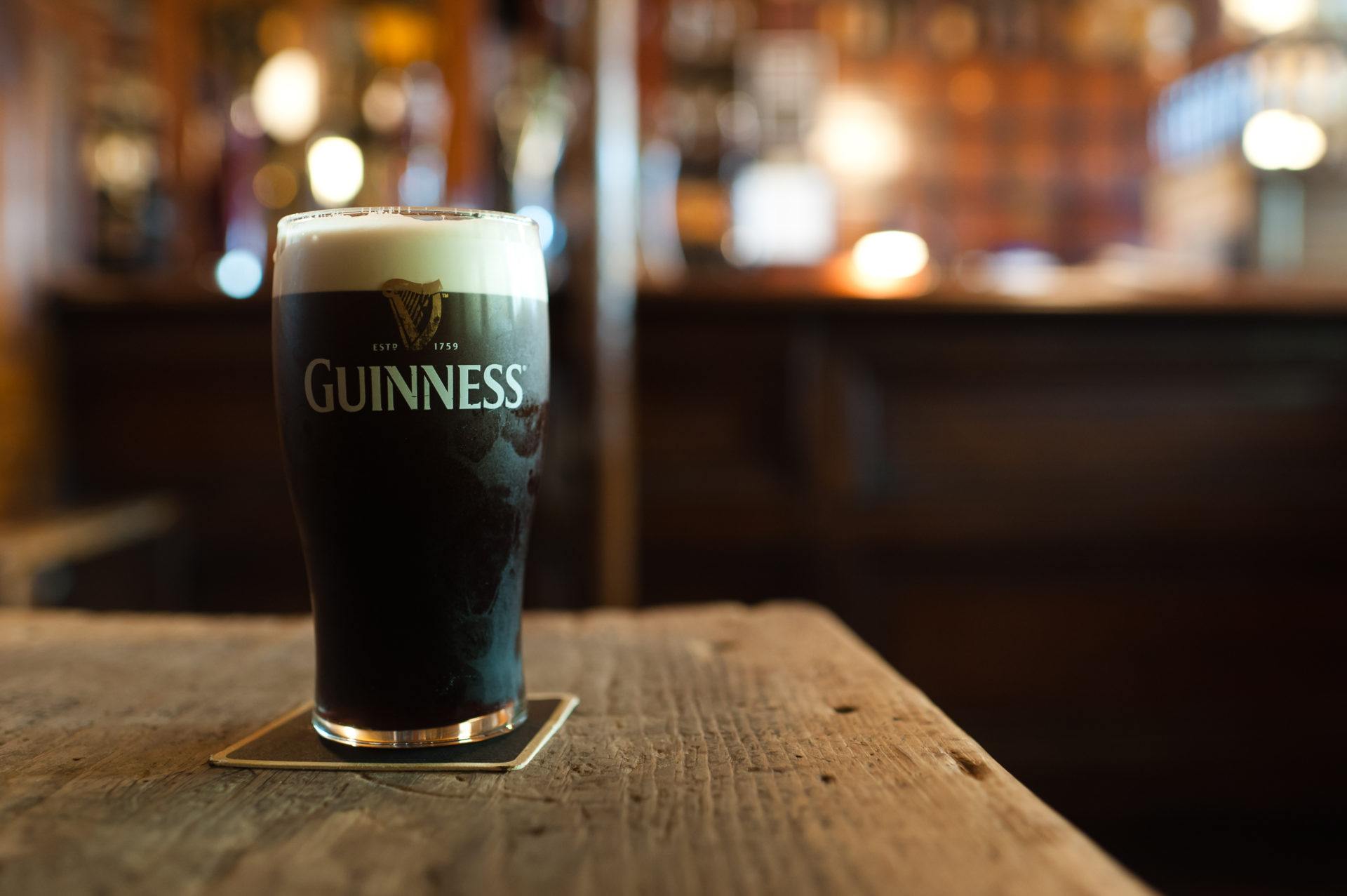A Brief History of St. Patrick’s Day
St. Patrick is the most famous patron saint of Ireland. He lived from about 385-461 AD and is believed to have died on March 17th. The day commemorates St. Patrick and the arrival of Christianity in Ireland, as well as the culture and heritage of the Irish people in general. St. Patrick’s Day was made an official Christian feast day in the early 17th century. The Lenten restrictions of eating and drinking alcohol are lifted for the day as well. It is a public holiday in the Republic of Ireland, Northern Ireland, the Canadian province of Newfoundland and Labrador, and the British territory of Montserrat. It is customary to wear shamrocks or green clothing (“the wearing of the green”) because St. Patrick is said to have used the shamrock to explain the Holy Trinity to the pagan Irish.
Where’s the Beef? Corned Beef That Is
There’s nothing more Irish than corned beef and cabbage, right? Wrong…well, sort of. Corned beef and cabbage were actually developed by Irish immigrants in New York City. The Irish working class frequented Jewish delis, which is where they first tasted the corned beef. The corned beef they made came from brisket, a kosher cut of meat from the front of the cow. It tasted a lot like Irish bacon and was seen as a cheaper alternative to pork. Potatoes were widely available, but cabbage was a budget saving option, and when cooked in the same pot the spiced, salty beef flavored the cabbage, creating a simple, hearty dish.
Our Meat, Deli and Produce departments are fully stocked with everything you need to enjoy the perfect corned beef and cabbage meal! Order your dinner pre-made for a group, grab a serving or two in our Grab and Go area, or pick up all of the ingredients and start cooking! The choices are all yours.
The Spirit(s) of the Irish
Irish whiskey can be traced back to the 11th century when Irish monks brought back the technique of distilling perfumes from the Mediterranean, and then modified this technique to obtain a drinkable spirit. Unlike their neighbors in Scotland, most Irish whiskey is distilled three times and peat is rarely used in the malting process, giving Irish whiskey a delicate, less earthy flavor. Much like Scotch and Bourbon, there are laws that regulate what Irish whiskey is. It must be distilled and aged on the island of Ireland, it must be distilled to an alcohol by volume of less than 94.8% from a yeast-fermented mash of cereal grains, and it must be aged for at least three years in wooden casks not exceeding 700 liters. Irish whiskey is a little sweet, smooth, and very approachable. This St. Patrick’s Day it’s time to toast your good luck with a cocktail made with the Emerald Isle’s finest, or sip and savor it on its own.
Beer is the other adult beverage of choice in Ireland, the two most popular forms of it being Guinness or a Black and Tan.
Guinness is an Irish dry stout that originated at the brewery of Arthur Guinness at St. James Gate in Dublin in 1759. Guinness is made from water, barley, roasted malt extract, hops and brewer’s yeast. A portion of the barley is roasted, which gives Guinness its dark color and characteristic taste. The color of Guinness may appear to be black, however according to the folks at Guinness; it is officially a very dark shade of ruby.
The Black and Tan (actually called a Half & Half in Ireland) is the other well known Irish beer libation. It is made by layering Guinness on top of Harp Lager. The lower relative density of Guinness is what allows it to rest on top of the Harp. To prepare a Half and Half, fill a pint glass half full with Harp. Then slowly pour the Guinness over a gadget called a “turtle” (or use an upside-down tablespoon in a pinch) to avoid splashing and mixing of the layers. Alternately, you can pour the Guinness first, which will mix the two beers together instead of creating two separate layers.
So, no matter if you fancy corned beef and cabbage, a pint of Guinness, a Half & Half or your favorite Irish whiskey, Oliver’s Market has you covered.
Erin go Bragh!


No comments yet. Add the first comment